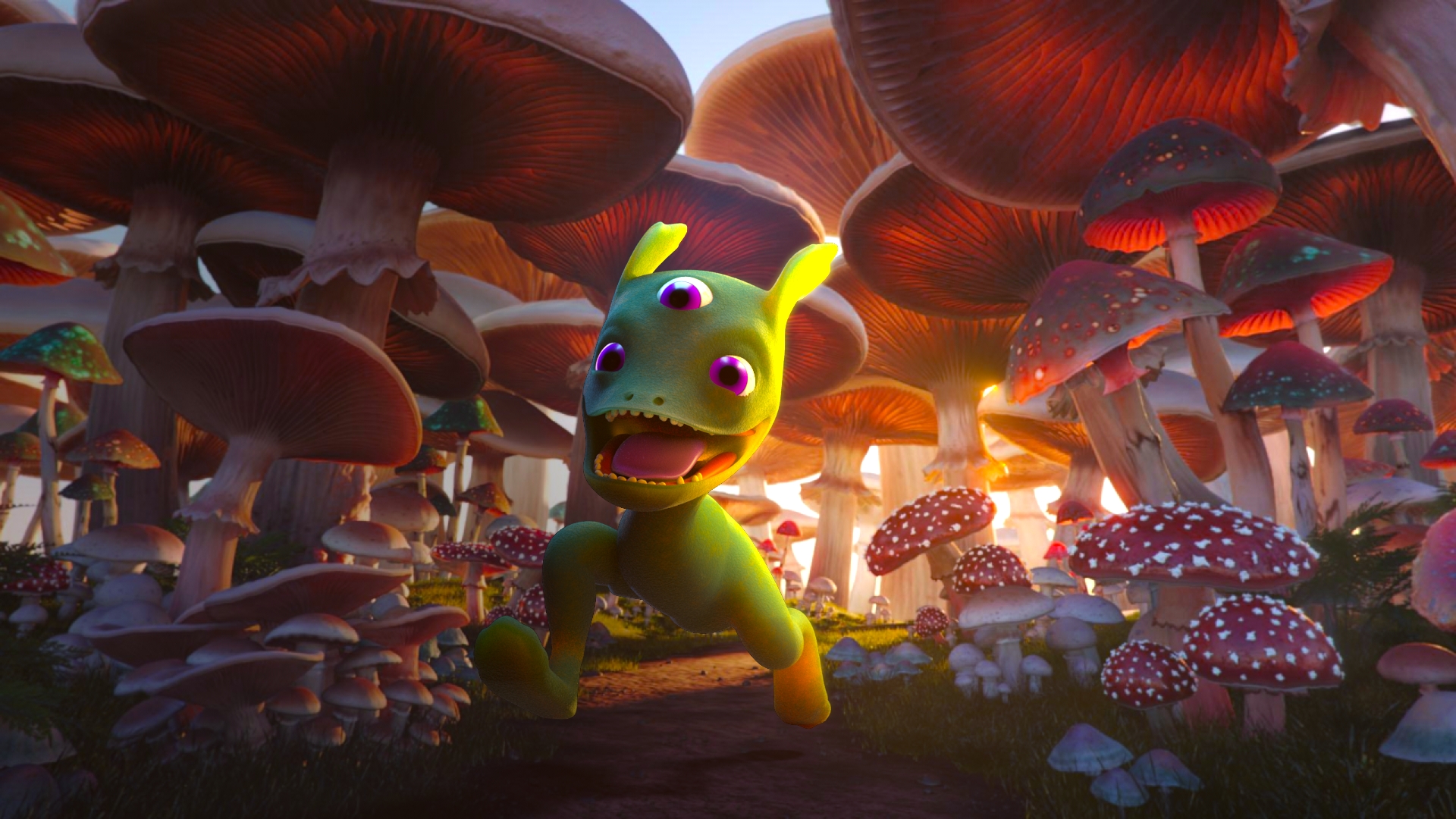Course Experiences
Here is some personal experience related to the course (note that courses may have changed since I’ve taken them)
- Computer Animation I: This covers the basics of animating in Maya. I took this class in Spring 2023 with Professor Caldwell. Each class was split into half lecture and half lab. Lectures would cover animation principles with visual examples for students to understand the concepts. Then, Professor Caldwell would give one on one feedback to students for their work in progress assignments. Weekly videos given go over the lecture material, and assignments in case students missed it. This class specifically had three kinds of assignments — main, short, and posing. Main assignments usually got more than one week to complete while short and posing assignments would have one week.
- Lighting & Composition I : This covers the basics of lighting in Maya, and Unreal while also teaches compositing fundamentals in Nuke. I took this in Spring 2023 with Professor McCord. Weekly videos are provided which go over all the needed concepts to finish each assignment. During class, such concepts will be reviewed or expanded on. Most assignments in lighting I received two to four weeks to complete. After assignments are turned in, there is typically a showcase session for a few randomly selected students. It is very open to discussion and not critique heavy.
- Virtual Environments I : VE I focuses on the capabilities of Unreal Engine and asset creation workflow. The course allows you to make an environment in Unreal Engine by using Maya, and Substance Painter (and other substance tools) to create the assets for your environment. I took this in Spring 2024 with Professor Lewis, and it has changed quite a bit since then but nonetheless covers similar topics. This course slightly differs from others as it is working towards building one big environment, so rather than weekly assignments, there are milestones/check ins. The start of class will be lectured based on important topics relating to environment art while the later half is lab time.
- Modeling & Texturing: This course teaches fundamental modeling skills in Maya, specific UVing techniques, and basic texturing skills. I took this in Fall 2023 with Professor Boyd. The course is divided into teaching modeling for the first portion and transitions into teaching topics related to UVing and textures for the second portion. Class consists of lecture time then practice time. Practice time would be mini exercises to enforce the lecture topics. Each week, new videos are posted which help students complete each assignment. The modeling assignments were more fast paced, having one each week. Meanwhile, the UVing and texturing assignments were two weeks.
- Rigging I : This course goes over rigging basics in Maya. I took this in Spring 2024 with Professor Johnson. The class has weekly assignments starting off with learning constraints and rigging related concepts. The class will have in class excerises in order to enforce such concepts. The last two projects cover how to fully rig a character. From upper body, lower body, to finger and head controls. These assignments were allocated about 3-4 weeks each.
- Animation Lab : This course simulates an animation studio environment where students get to work alongside other departments to create a short film. The class is two semesters long, with students having the option to be in either Anim Lab I or II, or both. Additionally, the spots in the class are portfolio based, so make sure to prepare a sample of your work so you can apply! Anim Lab I focuses on the start of the pipeline such as modeling, rigging, and surfacing. Anim Lab II will work more with animation, lighting, and editorial. You are expected to show your work to the professors each week to workshop what can be adjusted for the next week. Each week you work towards creating the short film with others. These assignments were allocated about 3-4 weeks each.


